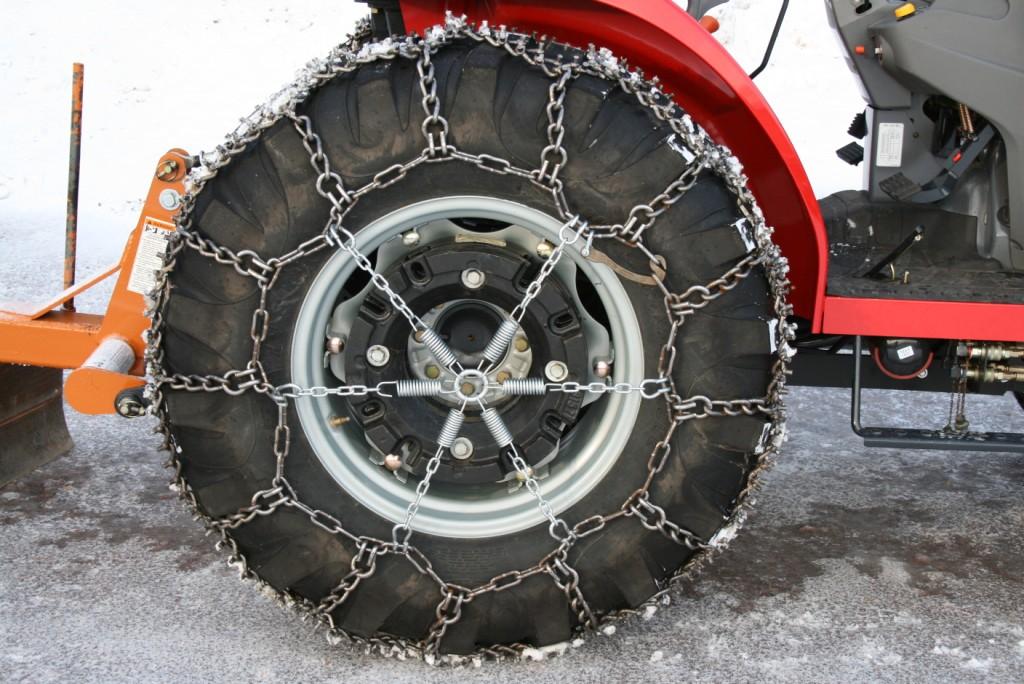Avoiding Car Accidents: Winter Driving Tips
Winter driving can be quite tricky, especially in rainy, icy or snowy conditions. Bad road conditions can be very dangerous, especially for people who don’t have much experience driving in such conditions. If you venture out onto the roads this winter, it’s important to be more vigilant about your driving behavior. Here are some tips that can help you stay safe on the road.
Regular Car Maintenance
It’s always important to have your car regularly serviced in order to avoid it malfunctioning or breaking down while driving. Especially during winter you don’t want your wipers or breaks to malfunction. Make sure that your battery is tested and cooling system working properly as well. Breaking down at night on a cold or snowy road is not a fun experience.
Winter Tires and Snow Chains
Depending on where you live, you may want to get winter tires for your car. If temperatures regularly drop below 45 degrees in your area, winter tires are a good investment. Below 45 degrees, all-season tires don’t perform that well anymore. Winter tires provide better handling, traction and braking in cold weather. If you live in an area where it snows often and you need to use your car in snowy conditions, you may also want to get snow chains. These can give you the extra traction that you may need when the roads are covered in snow, though they are usually only necessary in extreme conditions.
Practice Makes Perfect
If you don’t feel comfortable driving in the snow, do a few practice runs on a vacant parking lot. If you still don’t feel like you can safely manage your car in snowy or icy conditions you may want to consider leaving your car at home when it snows and use a different means of transportation if at all possible.
Keep Your Distance and Look Ahead
During bad weather conditions you should at least double the distance you normally need to take from the car in front of you to avoid hitting them in the back if they need to suddenly brake for some reason. Keep watching the road in front of you so you can act quickly, but in a controlled manner when necessary and don’t need to slam on your brakes. Drive slower than the speed limit in dangerous conditions, even if that means most cars will be taking you over.
Go Easy on Your Brakes
Anticipate well when you need to brake so you can brake slowly and gently. Gently put your foot on the brake pedal, and gradually put more pressure on the pedal. If you need to slow down quickly and you have ABS, firmly pressing down on your brake pedal will work best. If you don’t have ABS and you start sliding while braking, release the brake pedal and then gently push it in again. Repeat this each time your car starts sliding again.
Go Into Turns Slowly
Don’t accelerate into turns or make brusk maneuvers. Slow down gently before the turn, not during it and smoothly go into the turn.
Zane Schwarzlose is a writer at Fahrenheit Marketing, an Austin web design firm. Zane is glad it’s not winter anymore in Texas.
















